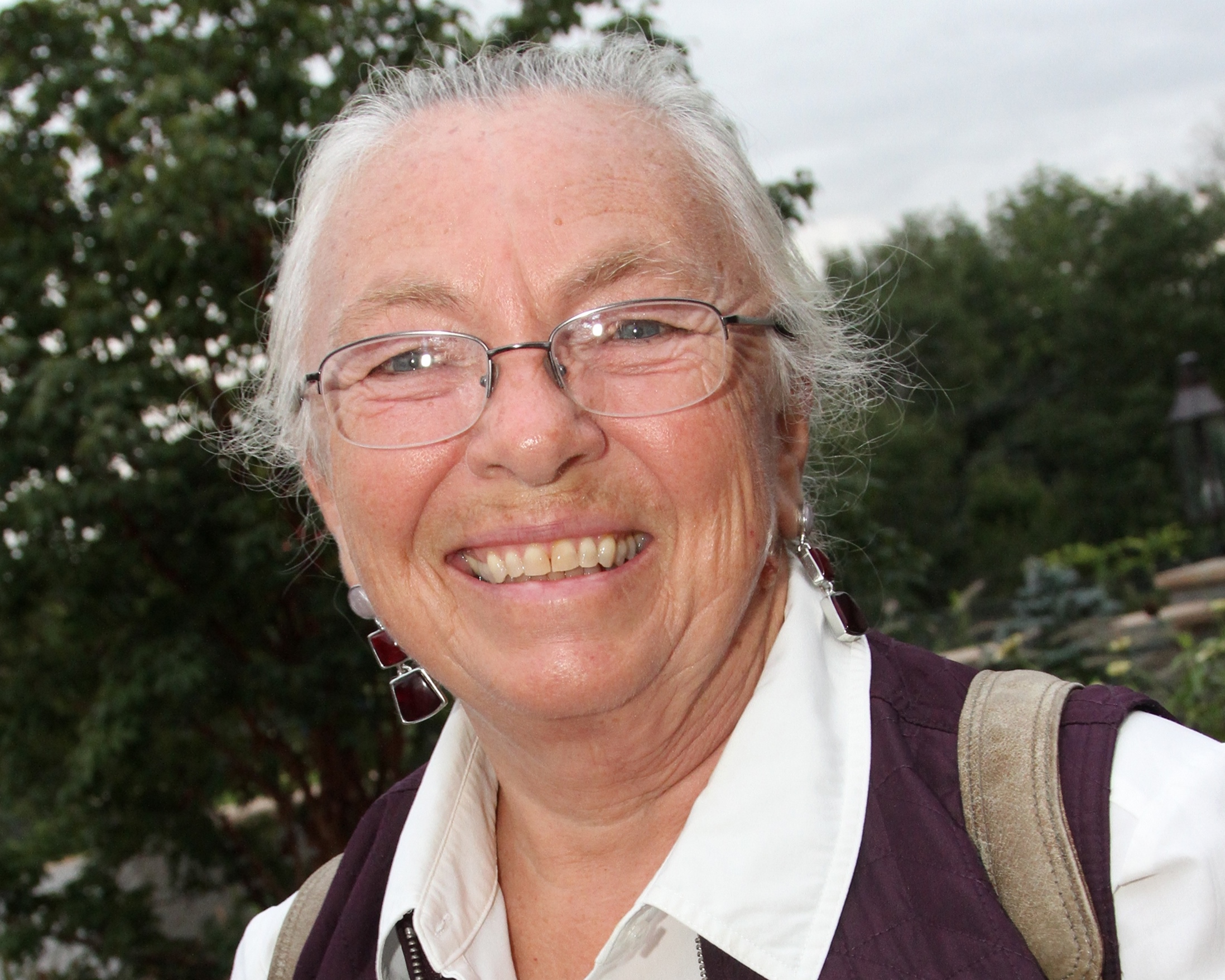Day 260, Year 1: Happy Birthday, USA!
Date: Tuesday, July 4, 2006
Weather: A Cloudy, Rainy Day in Bora Bora
Location: Bora Bora (Society Islands, French Polynesia)
Morning comes early these days. Before 0700, Lee and Mary Ellen are up and making coffee. Mark and I slowly wake up and by 0730, I am on the radio listening to the Coconut Net. On this morning’s net it was reported that Steve on the sailing vessel Oz was flying an American flag in Papeete the size of a spinnaker this morning. I’m sure that got the Americans there in the celebration mode. It’s hard to keep track of US holidays out here. Mary Ellen is wearing red, white, and blue today, but I don’t think we will see any fireworks. Hope your July 4th has been a good one.
By 0800 this morning, we were off in the dinghy to go snorkeling. I decided to go along and try what my daughter Heather suggested-putting on my mask and snorkel and hanging my head over the side of the dinghy with my mask in the water. It works! It’s a little hard on the back and I really need to be careful of that, but I do think I am going to be able to enjoy all of the underwater wonders here along with the rest of the gang. The fish we saw this morning were beautiful. Lots of different kinds of fish-butterfly fish of all kinds, lots of Moorish Idols and Sergeant Majors, a few parrot fish, beautiful yellow trumpet fish, and many other varieties that we are still trying to identify. We returned to Windbird by 1000 and did a little fish and flower research in the limited books we have aboard.
The weather took a downturn when we returned to the boat. We had watched rain storms in the distance as we snorkeled, but they caught up with us. The rain continued until mid-afternoon when the clouds persisted without the rain. We are hoping that there will be a return of beautiful sunny weather here in paradise tomorrow morning.
After lunch, Mark, Mary Ellen, and Lee headed into Vaitape, the major town here. They went to see if it is possible to rent some sort of wheel chair for me so I can negotiate better on land. I am using the crutches, but it is very difficult to walk long distances. Either I am in terrible physical shape or walking on crutches and hopping about on one foot is much harder that one would suspect. And then there is the crawling up and down steps that I have to do. Great way to travel! Unfortunately, the only way to get a wheel chair here is to have a doctor order it from Papeete and you have to buy it for $600-no rental. While in town, the crew also checked into the schedule for Heiva activities over the next few days. We will be going in tonight to see the festivities.
Heiva (pronounced Hay-ee-va) is a major cultural event in French Polynesia that begins on June 29 and culminates on July 14, Bastille Day. Before 1985, when it became the Heiva I Tahiti, this famous cultural event was called Tiurai, which is a local form of the English word “July”. Tiurai was organized for the first time in July of 1881, one year after France had annexed Tahiti. Absolutely no dancing was allowed as it was considered obscene by the British missionaries and had been abolished in 1820, but the French gave a party for the locals that was festive and included games, entertainment, and a singing contest. This went on for almost 100 years. In 1985, just after French Polynesia obtained its ability to govern internally, the South Pacific Art Festival was organized in Tahiti and the Tiurai became the Heiva I Tahiti. The local government instituted a gathering day on June 29th – called Hiva Vae Vae- which marks the beginning of the Heiva festivities. Under the current government, this is a national holiday, but as we found out in Tahiti, most locals have no idea why they do not work on that day. When asked, they just reply, “Holiday.”
If the weather holds, we will head into town for the 8 PM Heiva presentations. There will be singing and dancing. Dancing returned in the mid-1900s and although there was a terrible cultural loss of original authenticity, prizes awarded today for dances perormed according to strict traditional form encourages a return to tradition. Four type of dances are presented during the Heiva contest : (1) the ote’a, (2) the aparima, (3) the hivinau, and (4) the pa’o’a. The ote’a is a dance that was once reserved for only men, but has become the dance we associate with Tahiti-wide and abrupt moves with quick, jerky hip movements. The aparima is the dance where the hands tell a story and is performed in either a cloth dress that “let’s you guess the vahine’s curves”, or in a costume of local vegetation like the traditional grass skirt. We have seen lots of examples of these two dances as we have traveled through the islands. The hivinau is the easiest and is not technically demanding, so I’m assuming that it is not often performed. We have not seen this dance, but it is performed in two concentric circle, usually one of vahines (women) and one of tanes (men). The pa’o’a dance is an acting out of making tapa cloth. It is accompanied by drums and there is slapping of the thighs. We think we saw this performed by men in Ua Pou.
I’ll talk about the different kinds of singing in tomorrow’s log and report on tonight’s performance.
 |
| 060704 Day 260 Society Islands, Bora Bora–Snorkeling |


